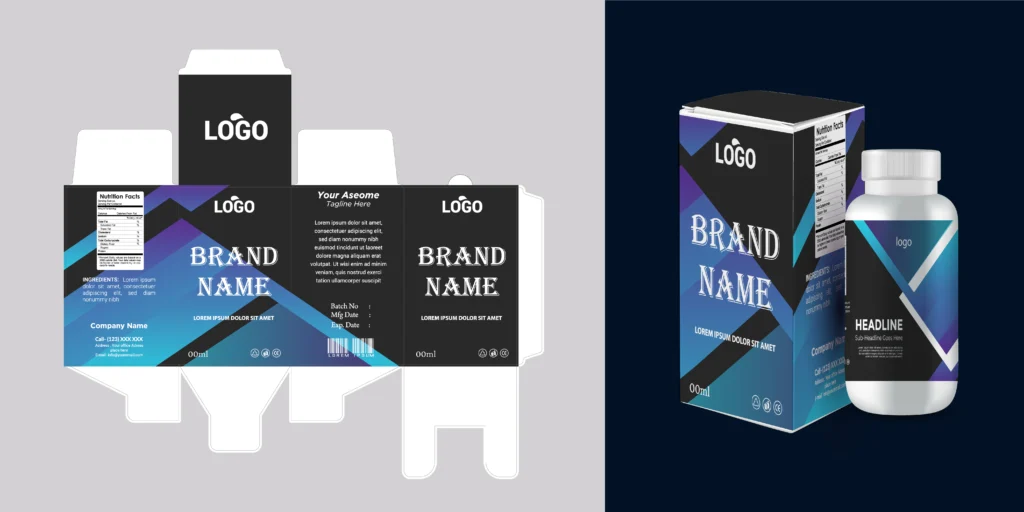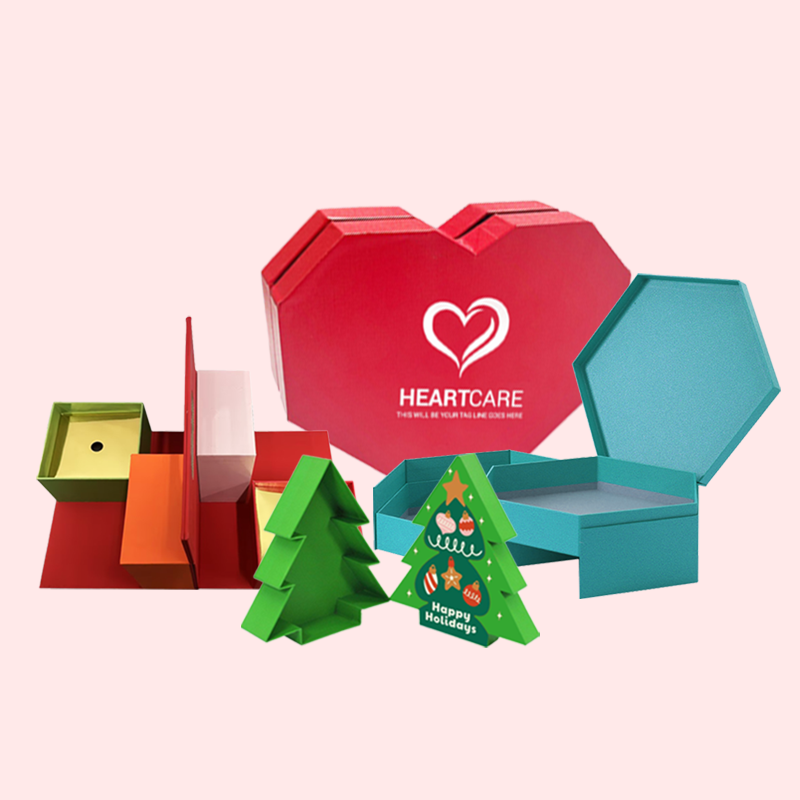Introduction
Creating a packaging design brief is a critical first step in ensuring that your packaging project meets its goals and aligns with your brand vision. A well-written brief provides clear direction and sets expectations for everyone involved in the design process. This article will guide you through the essential elements and steps needed to craft an effective packaging design brief.

Why a Packaging Design Brief is Essential
A packaging design brief serves as a roadmap for your design project. It helps to communicate your vision, goals, and requirements to the designers, ensuring that everyone is on the same page. Without a clear brief, projects can go off track, leading to wasted time, resources, and potential misunderstandings. A well-structured brief not only streamlines the design process but also increases the likelihood of achieving a successful and cohesive packaging design.

Key Elements of a Packaging Design Brief
Project Overview Start with a comprehensive overview of the project. This should include the product being packaged, the purpose of the packaging, and any specific goals you want to achieve. Provide context about the brand and its values to help designers understand the broader vision.
Target Audience Define your target audience clearly. Include demographic details such as age, gender, income level, and lifestyle. Understanding who the packaging is designed for helps ensure that the final product resonates with the intended audience and meets their needs and preferences.
Brand Guidelines Incorporate brand guidelines into the brief. This includes color schemes, typography, logos, and any other brand assets that need to be included in the packaging design. Consistency with brand identity is crucial for maintaining brand recognition and loyalty.
Competitor Analysis Provide an analysis of your competitors’ packaging. Highlight what you like and dislike about their designs. This helps designers understand the market landscape and identify opportunities to differentiate your product.
Budget and Timeline Clearly outline the budget and timeline for the project. This includes any milestones or deadlines that need to be met. Providing this information upfront helps manage expectations and ensures the project stays on track.
Steps to Create an Effective Packaging Design Brief
- Gather Information: Collect all necessary information about the product, brand, and market. Engage with stakeholders to understand their vision and requirements.
- Define Objectives: Clearly state the objectives of the packaging design. Whether it’s increasing shelf appeal, improving functionality, or reinforcing brand identity, having clear goals is essential.
- Detail the Design Requirements: Specify the design requirements, including materials, dimensions, and any legal or regulatory considerations. This helps designers understand the practical constraints they need to work within.
- Provide Inspiration: Share examples of packaging designs that inspire you. This can help convey your aesthetic preferences and provide a visual reference for designers.
- Review and Refine: Review the brief with key stakeholders to ensure all relevant information is included. Refine the brief based on feedback to ensure it is clear and comprehensive.
Common Mistakes to Avoid
Avoiding common mistakes can help streamline the design process and prevent potential issues. One common mistake is being too vague or too detailed in the brief. Striking the right balance is key to providing clear direction without overwhelming the designers. Another mistake is failing to align the brief with the brand’s overall strategy and goals. Ensure the brief reflects the brand’s identity and long-term objectives to achieve a cohesive and effective design.
Real-World Examples of Successful Packaging Design Briefs
Examining successful packaging design briefs can provide valuable insights and inspiration. For example, a brief for a high-end cosmetic brand might emphasize elegance, luxury, and simplicity, aligning with the brand’s image and target market. By including detailed descriptions, visual references, and clear objectives, these briefs help guide the design process effectively and produce outstanding results.

Conclusion
Writing a packaging design brief is a crucial step in achieving a successful packaging design. By including key elements such as project overview, target audience, brand guidelines, competitor analysis, and budget and timeline, you provide clear direction for designers. Following the steps outlined above can help you create an effective brief that aligns with your brand’s vision and goals, ultimately leading to a cohesive and impactful packaging design.






